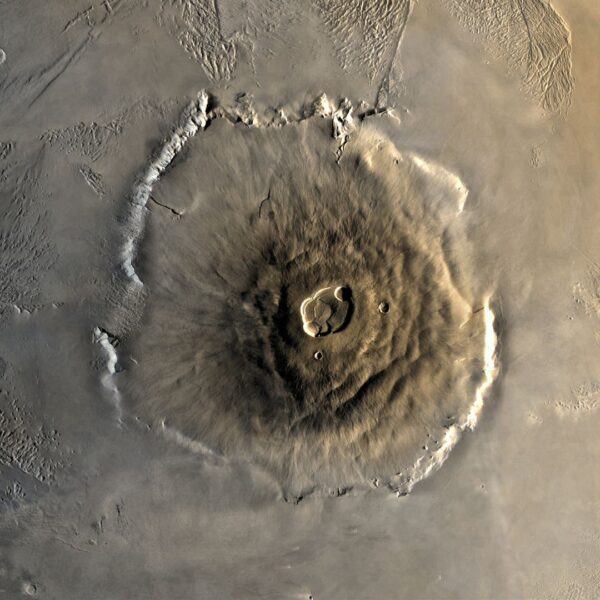Probing how planets evolve
What’s the history of water on Mars? What are Saturn’s rings composed of? And what’s the structure of the interior of our solar system’s innermost planets?
LASP’s planetary geologists probe how the planets in our solar system formed—and how they’ve evolved over time, shaped by the dynamic forces of volcanism, impact craters, water, and wind. Our researchers also study the structures of the giant planets and their moons, as well as the composition of minor bodies, such as asteroids, Kuiper Belt objects, and comets.
Our research is inherently interdisciplinary and spans many fields. Current projects include:
- Deciphering the climatic history of Mars and other planets
- Analyzing the composition of Saturn’s moons
- Characterizing lunar dust for upcoming human exploration
- Studying active volcanoes on Earth as an analog for extreme environments on early Mars
LASP scientists collaborate with other researchers in departments across CU Boulder to assess if life is, or ever was, possible beyond Earth.

